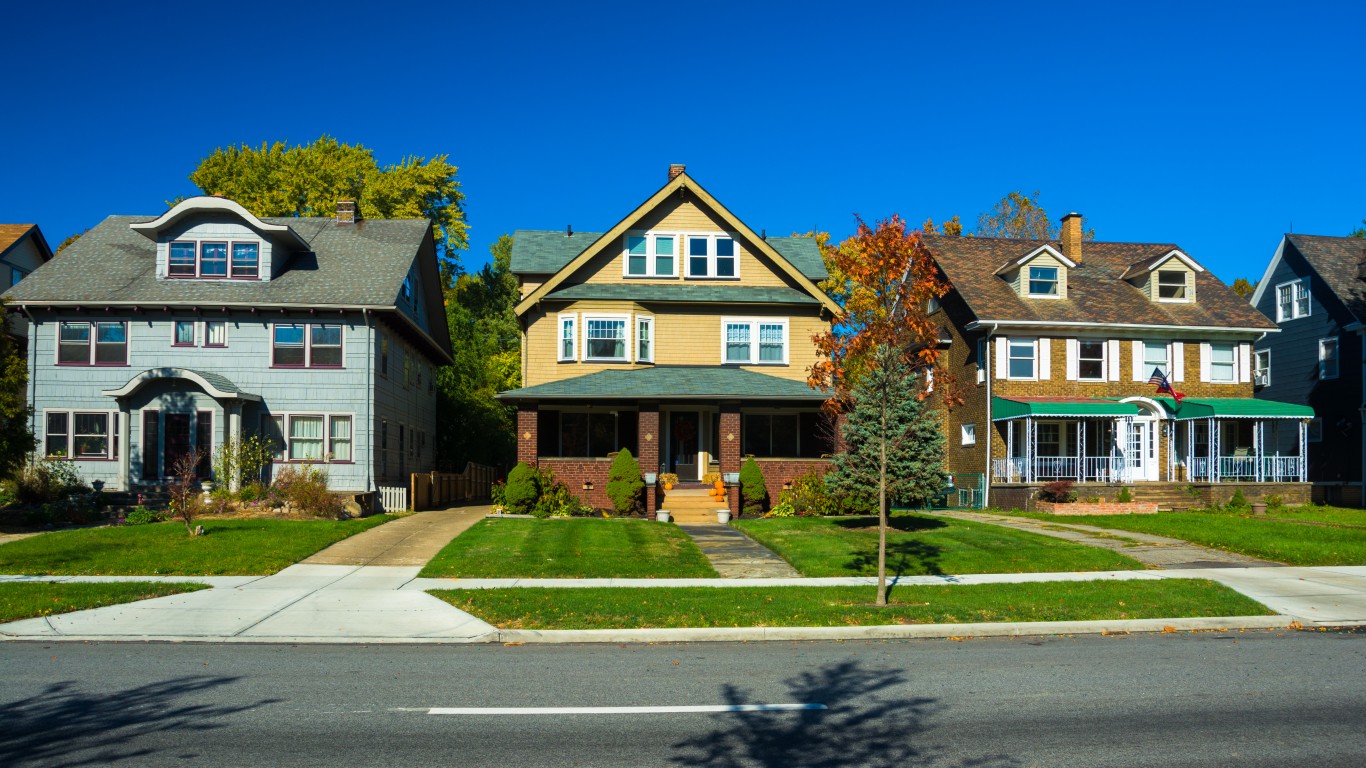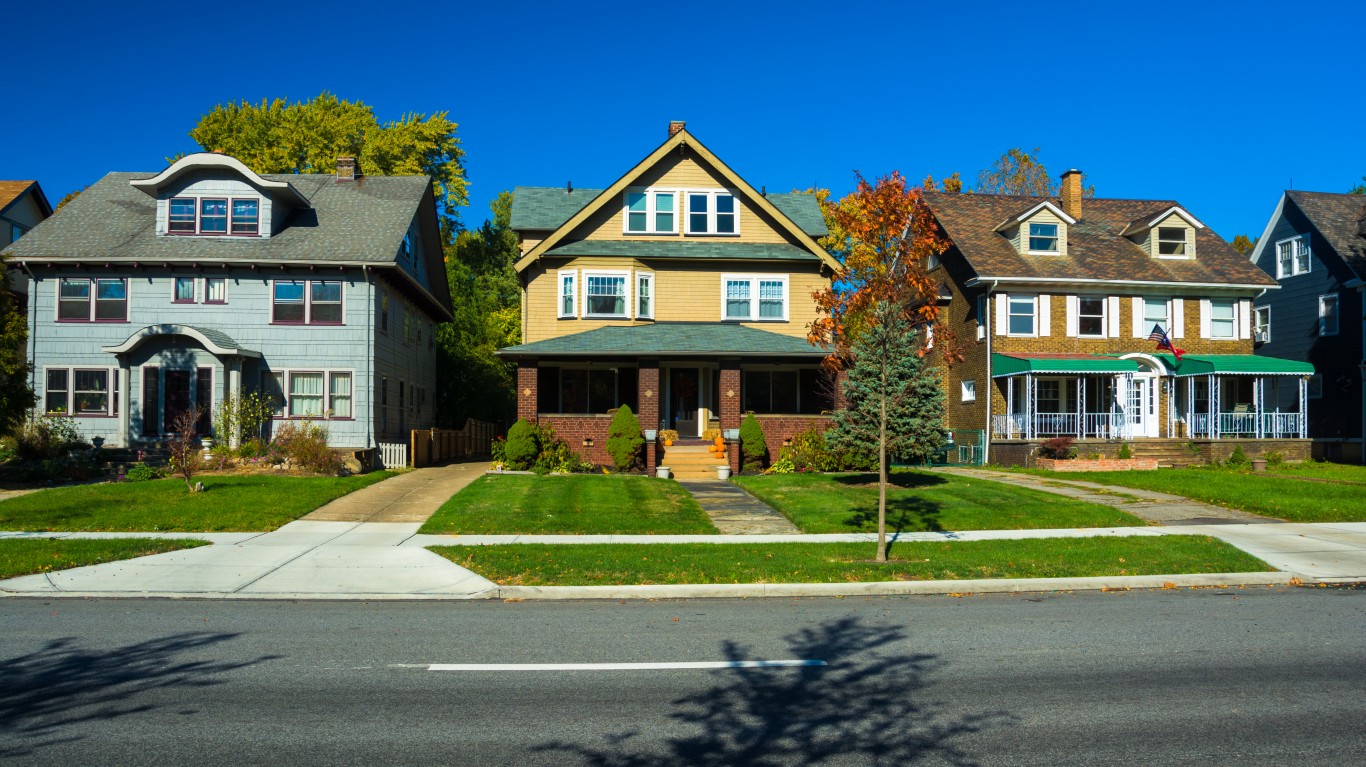
The housing market has been on fire for over a year. Home prices surged 19.5% in September, compared to the same month last year, according to the S&P CoreLogic Case-Shiller Index. Of the large cities the research tracks, Phoenix prices rose the most for the period, up 33.1%. There is evidence that in some smaller cities, prices are rising even faster.
One reason for the rise is low mortgage rates. Despite a rise in overall interest rates, home loan rates remain near a multidecade low. Another reason is that people have left large coastal cities with high home prices. Those prices in New York and San Francisco can be three times the national median.
The COVID-19 pandemic has triggered another cause. Millions of people have been able to work from home. Many will continue to do so, which makes them more mobile.
High real estate prices often mean lower foreclosure rates. People tend to have more home equity, which means loan trouble is less likely. Gone are the days of the surge in foreclosures during the housing price collapse of the Great Recession.
However, foreclosures have not disappeared. They are relatively high in some cities, as real estate research firm ATTOM found in its just-released November 2021 U.S. Foreclosure Market Report. Rick Sharga, executive vice president of RealtyTrac, an ATTOM company, said, “After an initial surge following the end of the government’s moratorium, it appears that foreclosure activity may be slowing down as we move towards the end of the year.” Yet, a total of 19,479 had foreclosure filings. That is one for every 7.055 housing units.
On a state basis, the highest figure was for Illinois at one in 3,187 houses. Florida followed with one in 3,319.
On a city basis, Cleveland’s one in every 1,746 was highest, followed by Lakeland, Florida, at one in 2,345.
Click here to see the cheapest city to buy a home in.
Take Charge of Your Retirement In Just A Few Minutes (Sponsor)
Retirement planning doesn’t have to feel overwhelming. The key is finding expert guidance—and SmartAsset’s simple quiz makes it easier than ever for you to connect with a vetted financial advisor.
Here’s how it works:
- Answer a Few Simple Questions. Tell us a bit about your goals and preferences—it only takes a few minutes!
- Get Matched with Vetted Advisors Our smart tool matches you with up to three pre-screened, vetted advisors who serve your area and are held to a fiduciary standard to act in your best interests. Click here to begin
- Choose Your Fit Review their profiles, schedule an introductory call (or meet in person), and select the advisor who feel is right for you.
Why wait? Start building the retirement you’ve always dreamed of. Click here to get started today!
Thank you for reading! Have some feedback for us?
Contact the 24/7 Wall St. editorial team.




